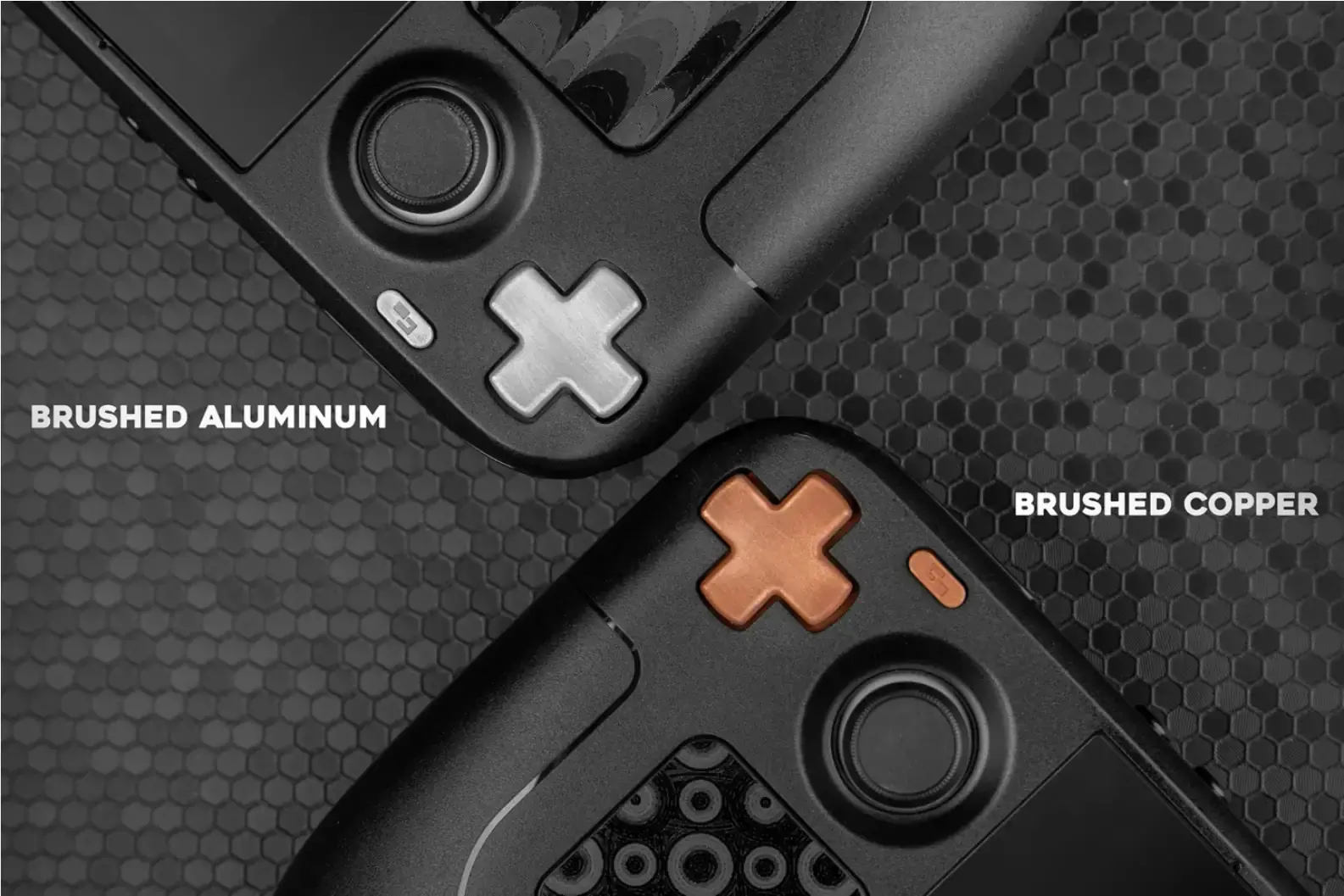It looks cool but I wonder if they are comfortable to use?
Now you can smell like pennies
I like the color of copper, but managing cupric oxide would be a potential headache, especially if it flakes off into the electronics (which it is likely to do on a moving part, like buttons).
You could possibly mitigate this somewhat by running the buttons through a polishing tumbler with burnishing media, but it would give me too much stress knowing that even this isn’t 100% effective.
I’m pretty sure finger oils would prevent oxidation. i don’t think it would be a big problem?
They don’t. Take a look at pennies. The problem is that your fingers aren’t only covered in oil. There’s also sweat, dirt, dead skin, and bacteria.
The other issue is that even if that was true, you’re not touching the entirety of the button. The sides and the underside are just exposed to air, and with enough ambient moisture, expect oxidation to show up eventually.
i don’t mean to be argumentative but i haven’t seen many pennies become corroded. also copper pipes in houses I’ve worked on have held up really well. I’m pretty sure a copper water line is more likely to oxidize via galvanic corrosion instead of moisture.
buttons on a controller seem to be at much lower risk of corrosion with respect to pennies, water lines, etc.It’s fine. I understand why you would be skeptical. I studied metalsmithing in college, so I’m pulling from my knowledge of working with raw copper and applying/avoiding patinas. It has been my experience that raw copper items that touch your skin will develop oxides eventually.
Modern copper pipes don’t have that problem, because they’re often covered with a protective coating from the factory to protect against oxidation (which is why you have to sand joints before soldering, as I’m sure you’re familiar), and people rarely handle them after installation.
These buttons could be just fine and never develop a problematic patina, but I wouldn’t personally take that risk, because ≈$500 replacement cost is high for me. Even the example image shows the characteristic blue oxides, though that could be from an intentionally-induced patina for advertising purposes.
The existing buttons are made out of a plastic that wears well when rubbing against their contact-points in the case. The plastics are chosen to be compatible, self-lubricating and “not spalling or rubbing eachother to death”.
I doubt that these metalized buttons have been tested for their long-term wear characteristics.
As someone who modded his controller with metal buttons. Instant regret. It is not comfortable for extended gaming sessions.
These aren’t full metal buttons. They’re a hybrid resin and aluminum or copper mix. So less of an issue if it was a full metal button. You can customize it through polishing it desired, e.g., a brushed look, fully polished, raw (as it comes packaged). And yes, your finger oils will add to the end result as well.





